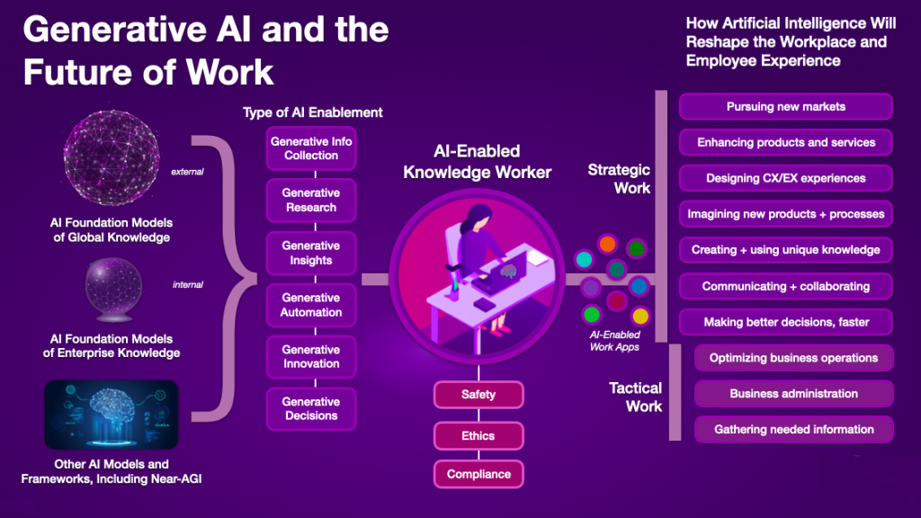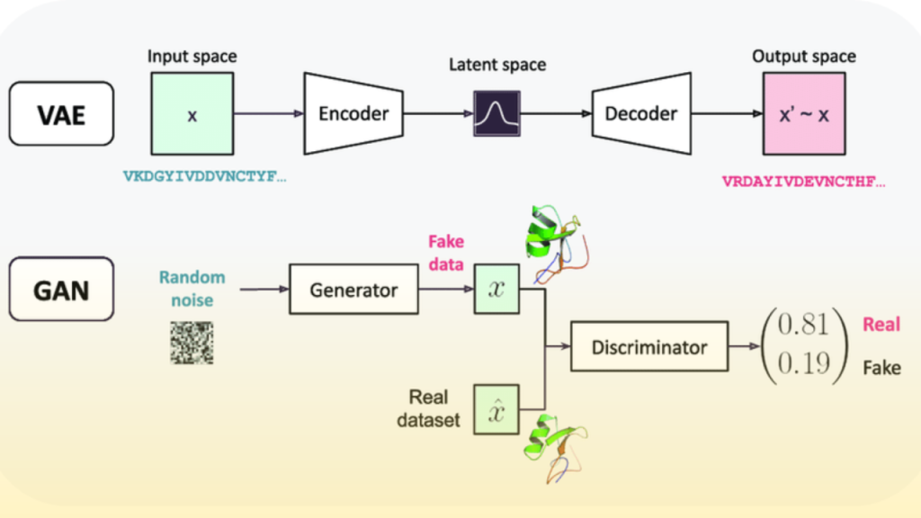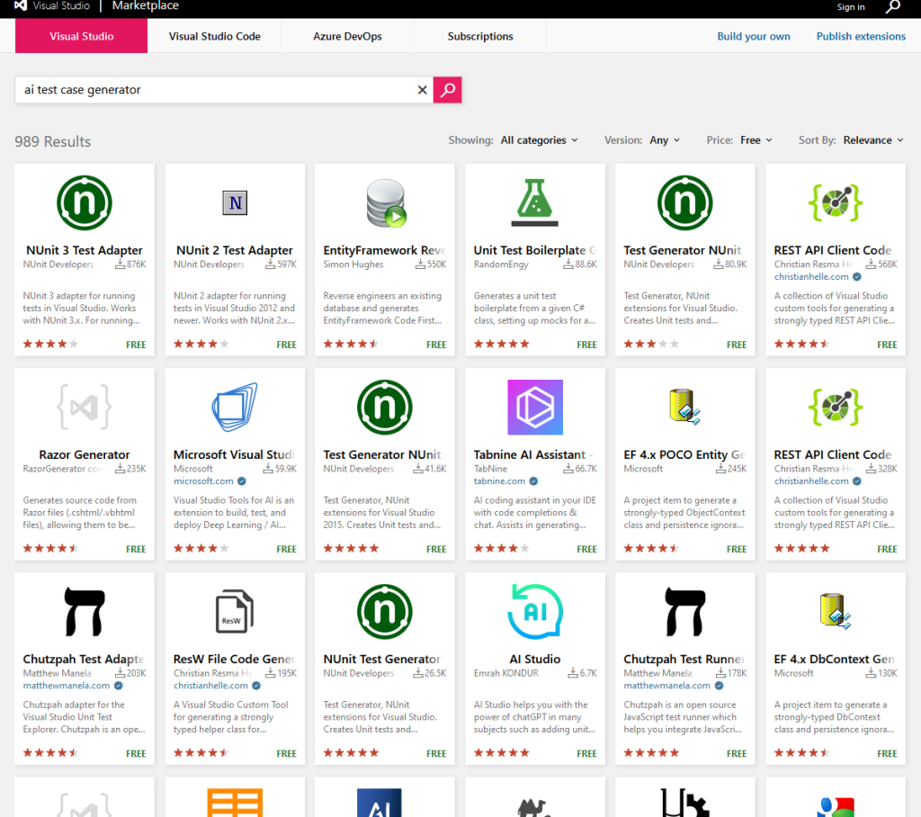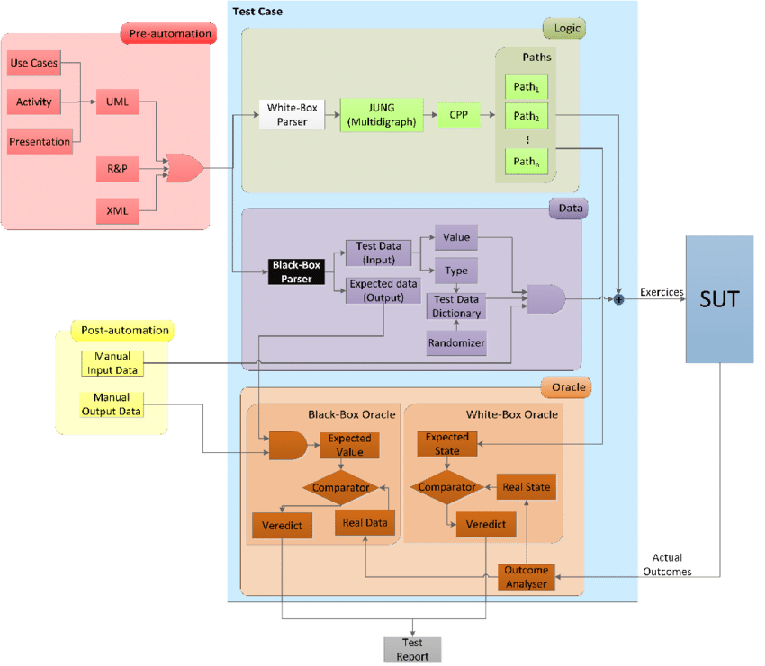The Evolution of Generative AI in Quality Engineering
In recent years, the field of artificial intelligence has witnessed remarkable advancements, especially with the introduction of generative AI models like ChatGPT. These models have demonstrated capabilities that were once considered the domain of human intelligence, from coding and content creation to image generation and even providing parenting tips. The advent of these technologies marks a significant milestone in the practical application of AI, and their impact is particularly profound in the realm of quality engineering.
Understanding Generative AI
Generative AI is a branch of machine learning focused on creating new, original content. This content can range from text and images to audio and video. Unlike traditional AI models that rely on predefined outputs, generative AI models learn patterns and structures from input data and use this understanding to generate novel outputs. According to Gartner, “Generative AI is a disruptive technology that can generate artifacts that previously relied on humans, delivering innovative results without the biases of human experiences and thought processes.”

A visual representation of the differences between traditional AI and generative AI.
Generative AI operates on the principles of unsupervised or semi-supervised learning algorithms. These algorithms enable systems to produce new inputs based on the outputs they have been trained on. Traditionally, AI models have been criticized for their inherent biases, reflecting the data and logic developed by humans. However, generative AI models differ by developing their own reasoning processes, allowing them to generate more nuanced and less biased outputs.
Two key frameworks in generative AI are Generative Adversarial Networks (GANs) and Variational Autoencoders (VAEs):
- Generative Adversarial Networks (GANs): In this model, two neural networks—the generator and the discriminator—compete against each other. The generator creates outputs based on input data, while the discriminator evaluates these outputs, classifying them as real or fake. This adversarial process enhances the generator’s ability to produce high-quality, realistic outputs. GANs are widely used in image processing and other high-cognitive tasks.
- Variational Autoencoders (VAEs): VAEs consist of an encoder and a decoder. The encoder learns from the dataset in a semi-supervised or unsupervised manner, passing the learned information to the decoder, which then attempts to reconstruct the input data from this latent representation. VAEs are effective in generating diverse outputs while maintaining the underlying structure of the input data.

GAN vs VAE: Two Creative Approaches to Generative AI
Generative AI in Quality Engineering
Generative AI has immense potential to revolutionize quality engineering by automating tasks and enhancing the efficiency of the quality assurance process. Here are some ways generative AI can be integrated into quality engineering practices:
- Automated Generation of Test Cases and Scenarios: Generative AI models can be trained to generate highly accurate and error-free test cases and scenarios. With extensive training and data, these models can test complex software systems, ensuring comprehensive coverage of all relevant scenarios, including positive, negative, and boundary cases. This reduces the manual effort required and improves the reliability of software testing.

Atlassian Azure – AI Test Case Generator – Marketplace Listing
- Knowledge Base Creation: Generative AI can significantly contribute to creating and maintaining a knowledge base. These models can produce user manuals, technical documentation, and learning materials, facilitating employee upskilling. Moreover, generative AI can analyze test results and present reports in an easily understandable format, enhancing knowledge sharing across teams and making the software development process more efficient.
- Test Data Generation: As software systems become increasingly interconnected, the importance of security has grown. Generative AI can automate the creation of test data, ensuring comprehensive coverage with minimal manual effort. By producing production-like data, generative AI tools can test systems under realistic conditions, identifying potential security flaws before they are deployed.
Tools and Techniques for Utilizing Generative AI in Quality Engineering
- AI-Powered Test Case Generators: Tools like Testim and Functionize leverage generative AI to automatically create comprehensive test cases. These tools can understand application flows and generate relevant test scenarios, significantly reducing the time required for manual test case creation.
- AI-Driven Code Analysis Tools: Tools such as DeepCode and SonarQube use AI to analyze code for potential bugs, security vulnerabilities, and code smells. By continuously learning from vast amounts of code, these tools can provide precise recommendations for improving code quality.
- Automated Documentation Generators: Tools like DocuBot and NaturalDocs use AI to generate detailed technical documentation from code comments and user inputs. This ensures that documentation is always up-to-date and reduces the manual effort required to maintain comprehensive documentation.
- Synthetic Test Data Generators: Tools like Tonic.ai and Mockaroo can generate realistic, production-like data for testing purposes. These tools use generative AI to create data that mimics the properties of real-world data, ensuring thorough testing without compromising sensitive information.
- AI-Based Bug Detection Tools: Platforms like Sentry and Bugsnag employ AI to monitor applications in real time, identifying and prioritizing bugs based on their impact. These tools help teams quickly address critical issues, improving overall software reliability.

Schematic Diagram of the Test Case Automation
Conclusion
The integration of generative AI into quality engineering holds the promise of significantly enhancing the efficiency and effectiveness of the quality assurance process. By automating tasks and providing data-driven insights and recommendations, generative AI can improve the quality of software systems while reducing the time and resources needed for testing and validation. As the technology continues to evolve, its transformative potential will become increasingly evident, driving innovation and excellence in quality engineering.
In summary, generative AI is not just a technological advancement; it is a paradigm shift that is set to redefine the future of quality engineering. By leveraging its capabilities and utilizing advanced tools and techniques, organizations can achieve higher levels of accuracy, efficiency, and innovation, ensuring robust and reliable software systems.
Thank you for reading my blog on the evolution of generative AI in quality engineering. I hope you found the insights valuable and thought-provoking. If you have any questions or would like to share your thoughts, feel free to leave a comment below. If you would like to read more blogs like this, please check here

